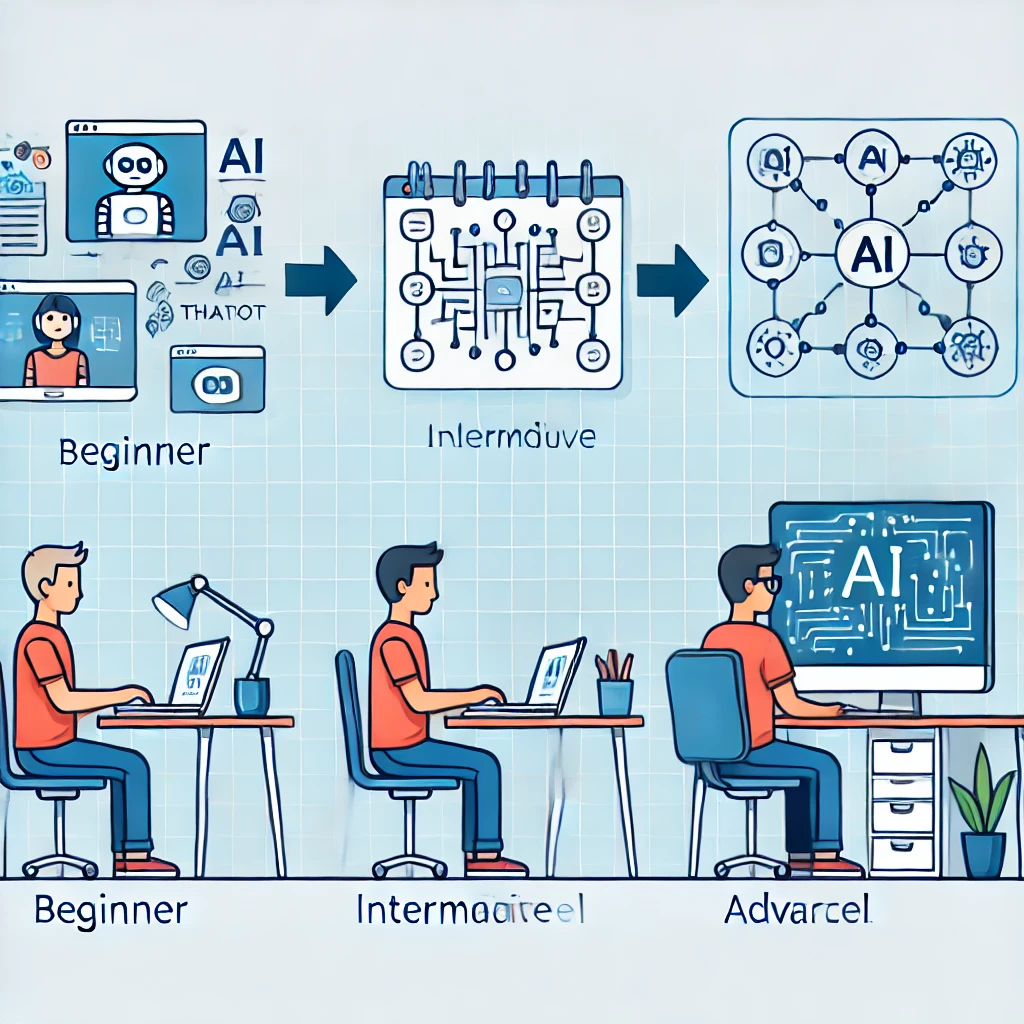Having spent time exploring various AI projects and analysing market demands, I’ve noticed an interesting pattern in how technical expertise aligns with real-world AI implementation needs.
The AI landscape presents two distinct paths:
The ML Engineering route involves diving deep into neural networks, model architecture, and training pipelines. While fascinating, this space is already well-served by established teams at OpenAI, Anthropic, and other AI labs.
Then there’s the AI Applications route – focusing on intelligent agents, prompt engineering, and AI orchestration. This is where most business problems actually live. It’s about leveraging existing models as building blocks to create practical solutions.
Here’s what I’ve observed: The majority of current AI projects don’t require deep ML expertise. They need developers who understand how to:
1. Effectively use LLMs through well-crafted prompts
2. Build robust AI agents that can handle real-world tasks
3. Create seamless integrations between AI and existing systems
4. Implement reliable evaluation and monitoring
My advice? Start where the market is hottest – building practical AI applications. Master the art of working with existing models and understanding their capabilities. Once you’ve established this foundation, you can always specialize deeper into specific areas like ML engineering, computer vision, or NLP based on your interests and market demands.
How Deep Should You Go in AI? Navigating Your Technical Journey
AUTHOR :
Category :
Tags :
Posted On :
December 23, 2024
Share This :
